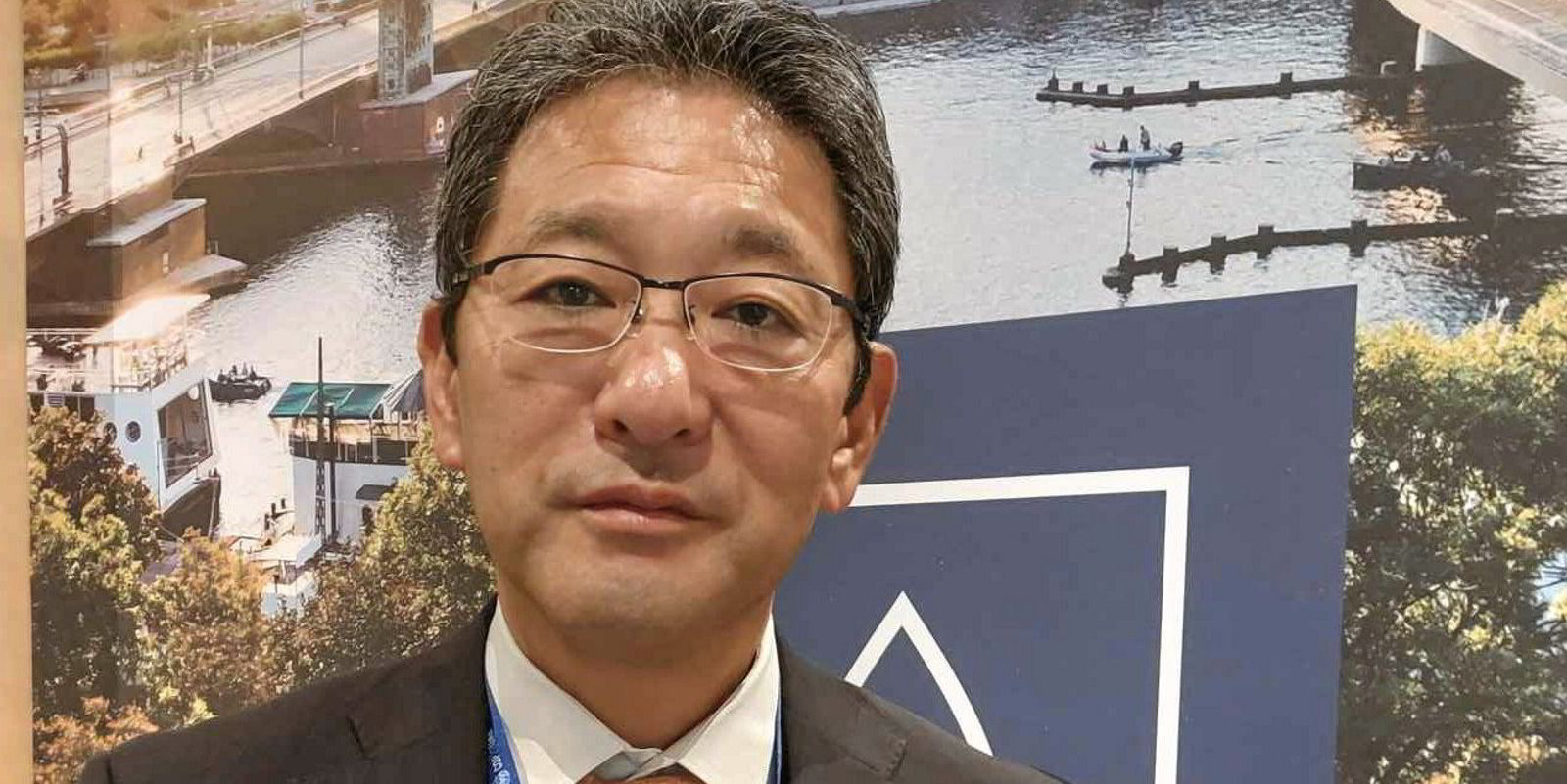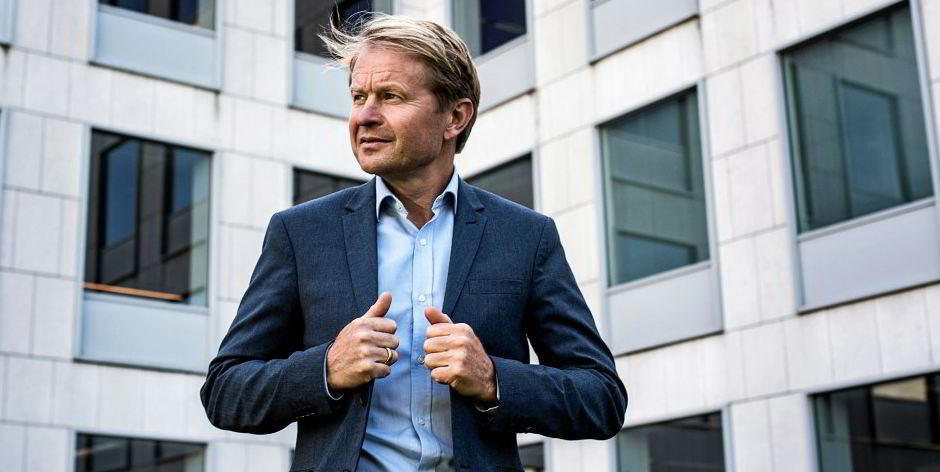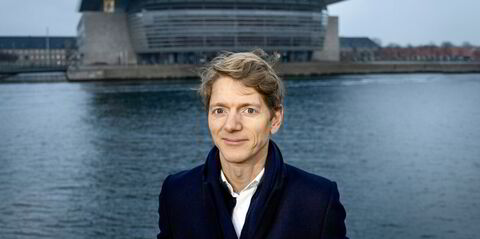NYK Line could have two ammonia-fuelled handymaxes ready before 2028 to operate one of the first long-haul green shipping corridors, an executive tells TradeWinds.
The bulkers would be used to haul copper from Chile to the Far East in a joint private-public project, the frontrunner to become the first long-distance trading route operated by zero-emission vessels.
Executives at the Japanese shipping giant said the timetable remains ambitious and key details on cost still need to be thrashed out before the venture becomes a reality.
NYK has started to convert an LNG carrier to ammonia for testing next year in Tokyo Bay. It is expected to receive delivery of its first ammonia dual-fuel ammonia carriers in 2026, with the world’s first ammonia dual-fuel handymaxes to follow.
“To complete this as soon as possible is important not just for the government of Chile and NYK but for the greater good of global shipping as a whole,” said Masahiro Takahashi, a member of NYK’s management team working on the company’s decarbonisation project.
“We have to work so hard, it’s such an intense period.”
The project emerged from the Clydebank Declaration at the United Nations’ COP26 climate summit in 2021 in Glasgow that aimed to have six green corridors up and running by the middle of this decade.
Two years and two climate change summits later, none are yet in operation, owing to the absence of zero-carbon ships and bunkering.
Stumbling block
Major stumbling blocks remain, notably the lack of agreement at the International Maritime Organization on a levy to reduce the cost cap between cheap fossil fuels and costlier green fuels.
Federico Bernardelli, a senior adviser to the energy minister in Chile, said the green corridor is a key part of the country’s effort to decarbonise its maritime sector, which is responsible for 91% of its international trade.
“We have a big challenge and it’s to find the financing to cover the gap between the traditional cost of fossil fuels and the increased costs of green corridors,” he said.
Speaking at the COP28 summit in Dubai, Takahashi said consensus needs to be reached this year on the funding issue because “without that, the rapid growth of the green transition is not achievable”.
He said it is easier to work initially with a single customer — state-owned Codelco, the world’s largest copper producer — that was prepared to shoulder some of the cost. He contrasted it to a container ship with thousands of customers who have mixed views about paying inflated rates for using more expensive clean fuels.
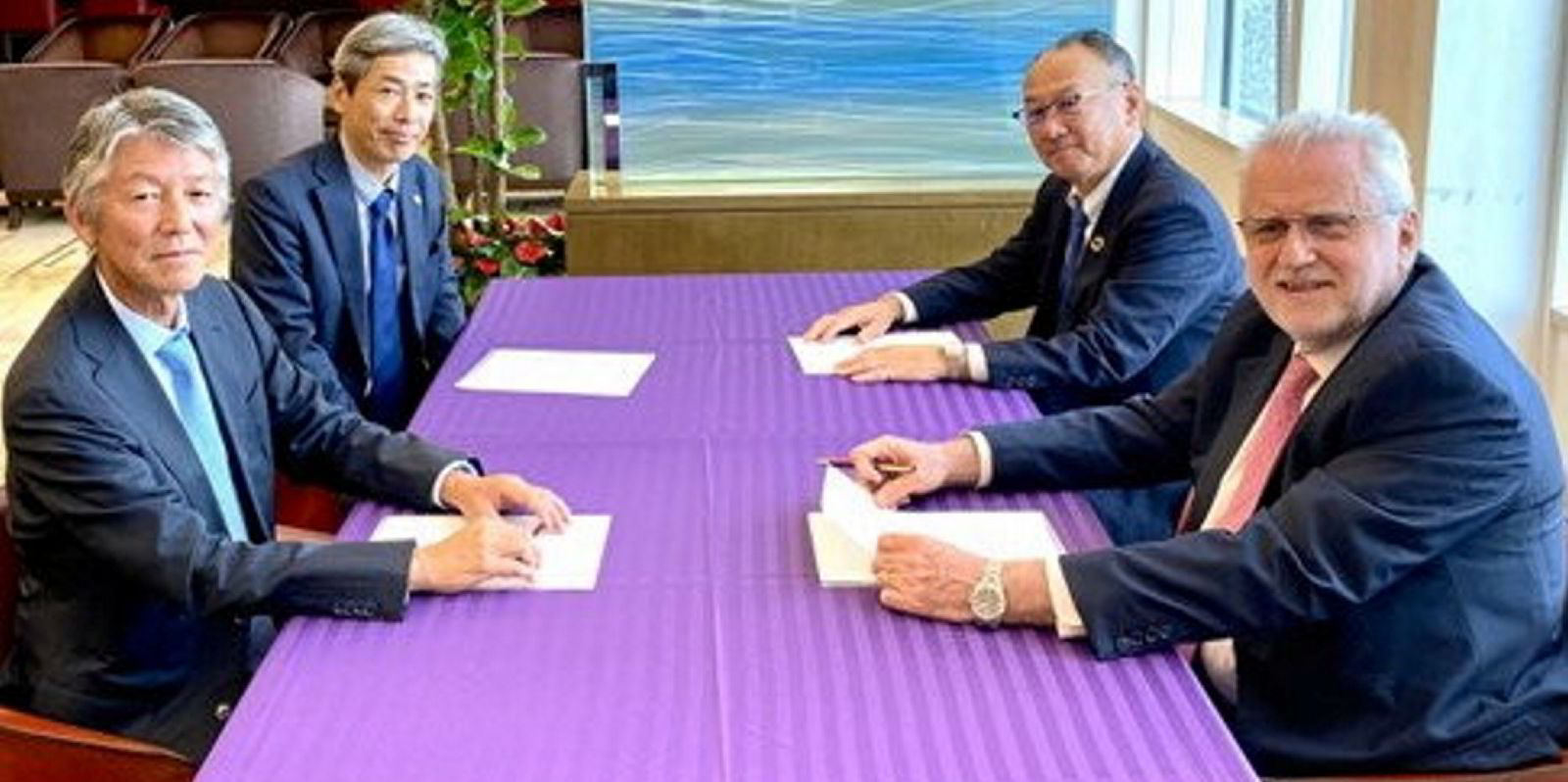
Key industry figures behind the projects expressed confidence at the COP28 talks that the green corridors could spark a broader decarbonisation programme in the industry, backed by tougher targets agreed by the IMO in July.
Critical role
“They do play a critical role as first-mover test beds,” said Katharine Palmer, shipping lead for the UN High-Level Climate Champions at an event promoting other green corridors.
Green corridor initiatives doubled in the past year to 44, with at least six preparing to start operations before 2030, the Global Maritime Forum said in a report coinciding with the Dubai summit. It highlighted the NYK project as a sign that corridors are driving investment and action.
UMAS, a consultancy whose team includes researchers from University College London’s UCL Energy Institute, has said that if green corridors are not operating well before 2030, there might no longer be justification for the schemes.
Chris Thorne, its director of strategy & operations, said the corridors should be in action before 2030 so the industry can learn from them before the rapid transition needed in clean fuels between 2030 and 2040 to hit emissions-cutting targets set by the IMO.
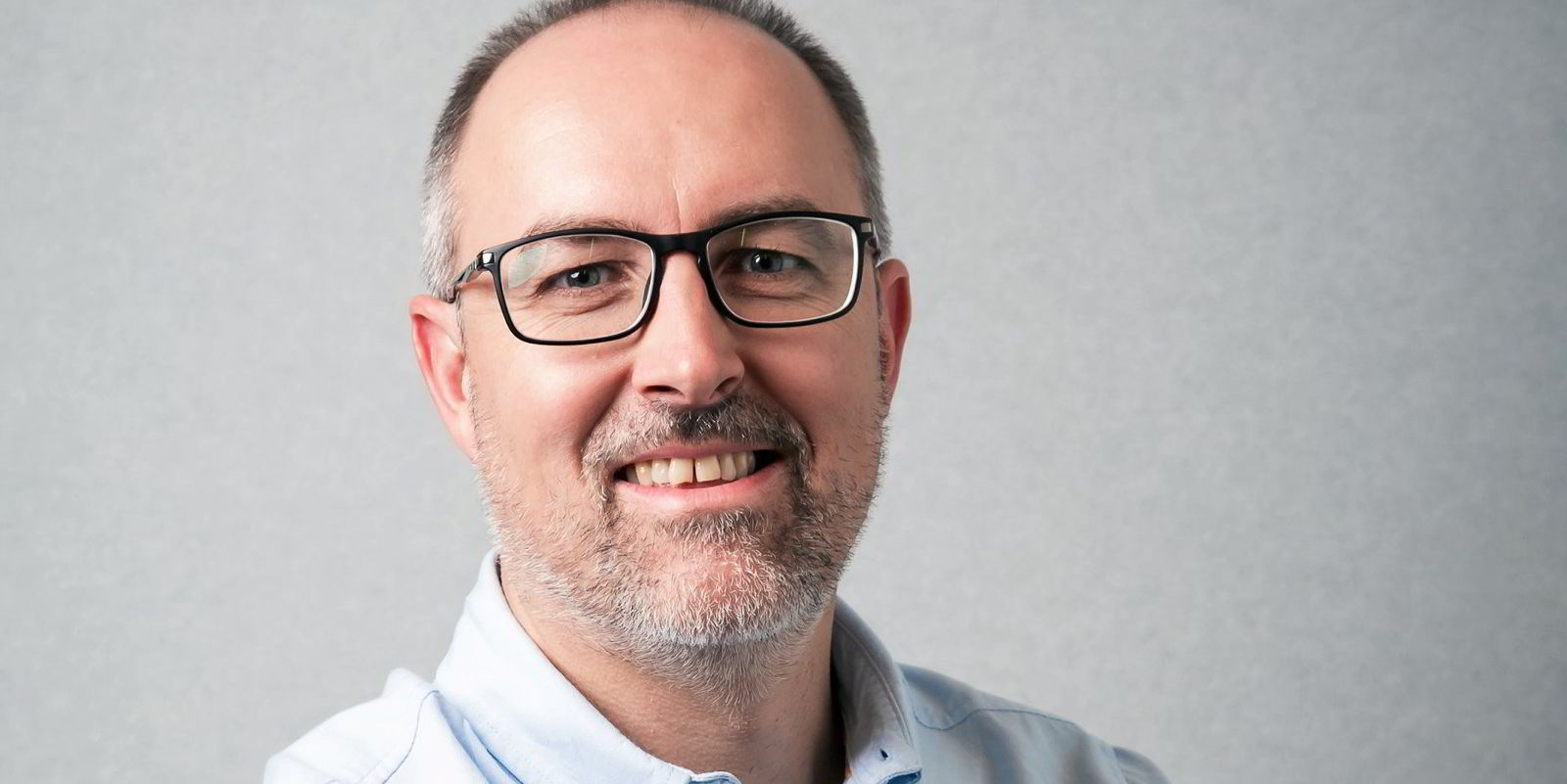
But Bernadelli said the Chile-NYC collaboration shows that the public-private schemes can work quickly if needed.
“If there is political will and, from the private sector, this vision to work together to achieve a target, then things can move very fast.” he said.
“We know that there are a couple of other corridors that are advancing very well. We hope we will be the first trade corridor that will be implemented.”
